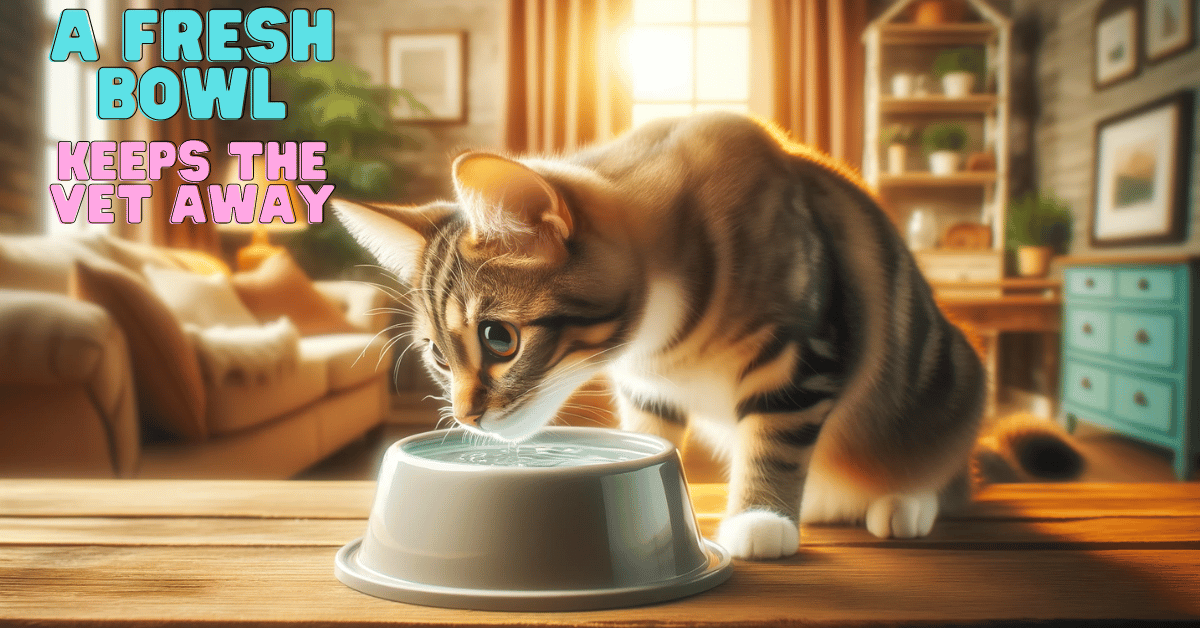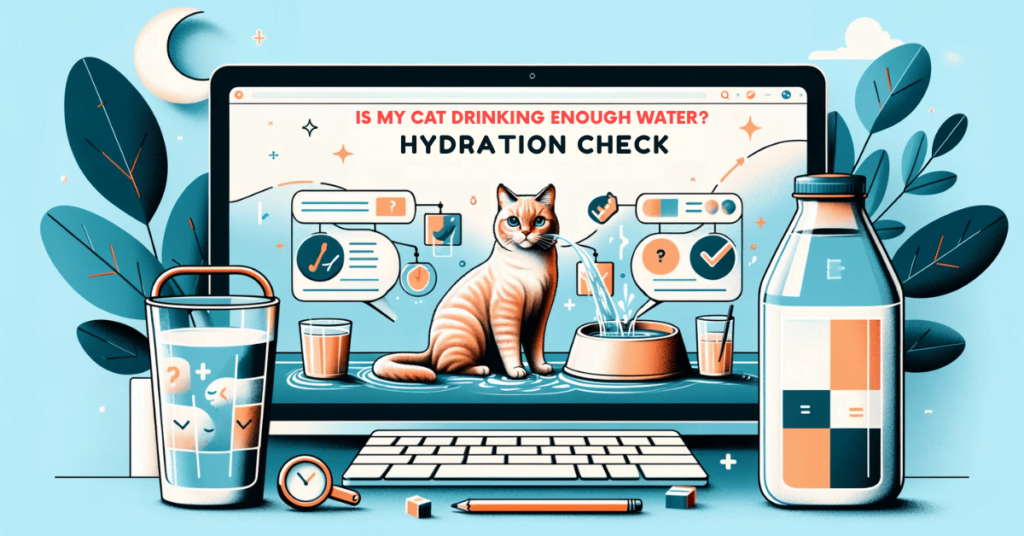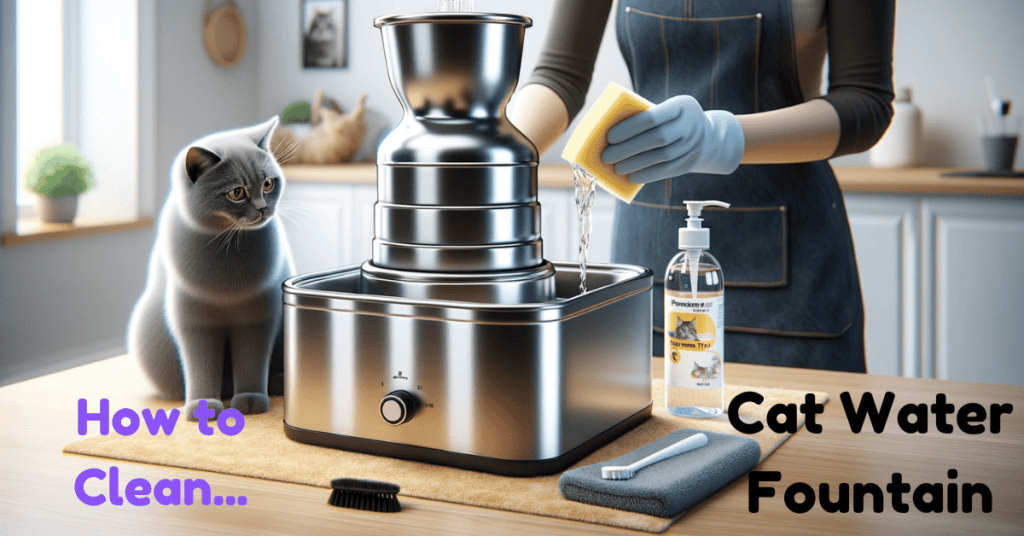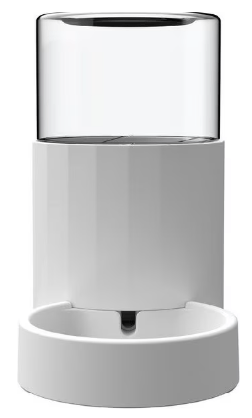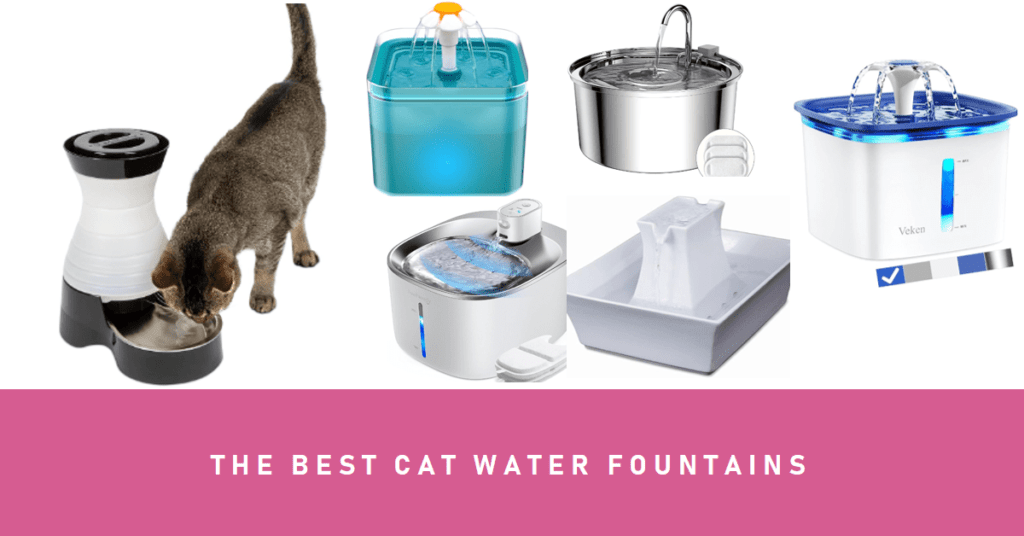This post contains affiliate links and I will be compensated if you make a purchase after clicking on my links.
Introduction
It’s no secret that water is a cornerstone of life, and this is especially true for our beloved cats. But a question often lingers in the minds of conscientious cat owners: How often to change your cat’s water?
It’s not just about quenching their thirst; it’s about ensuring their water is as fresh and clean as possible. Let’s unravel this mystery and ensure our feline friends are getting the hydration they need in the best way possible.
Key Hydration Question: How Often to Change Your Cat’s Water
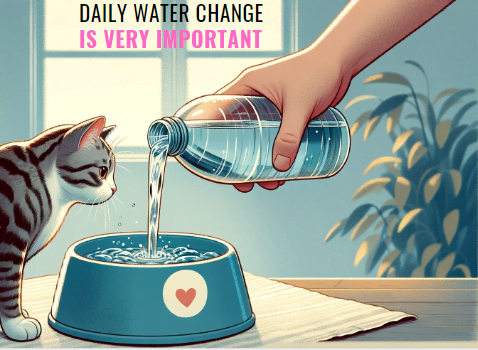
Imagine sipping on the same glass of water all day. By evening, it’s less appealing, right? The same goes for our cats. Fresh water is not just a luxury; it’s a necessity for their health. Cats, by nature, have a low thirst drive, which means they don’t always drink enough water.
Therefore, it’s crucial to provide fresh water every single day. This means not just topping off the water in their bowl, but completely emptying any remaining water, thoroughly cleaning the bowl to remove any saliva or debris, and then refilling it with fresh, clean water.
This simple daily routine ensures that your cat has access to clean water at all times, encouraging them to drink more and stay hydrated.
The Importance of Clean Bowls
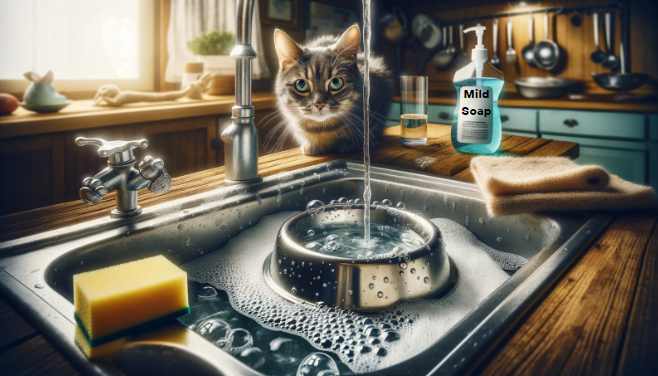
Now, let’s talk about the bowl itself. It’s not just the water that needs regular changing; the bowl plays a vital role in your cat’s hydration habits. Bacteria loves to grow in moist environments, and a water bowl is the perfect breeding ground, especially if it’s not cleaned regularly. This bacterial buildup can not only make the water taste unpleasant but can also pose health risks to your cat, such as bacterial infections.
To keep things sanitary, it’s recommended to clean your cat’s water bowl daily. Think of it as you would your own dishes; you wouldn’t reuse a glass without washing it first. Use hot water and mild dish soap to clean the bowl, rinse it thoroughly to remove any soap residue, and refill with fresh water.
Understanding a Cat’s Water Needs
Just like us, each cat is unique, and their water needs can vary based on several factors. Size and diet play crucial roles in determining how much water your feline friend needs. As a general rule of thumb, a healthy cat should drink approximately 2 milliliters of water per kilogram of body weight per hour. For a typical cat weighing 4.5 KG (approx. 10-pounds), this translates to around one cup of water per day. However, this is just a baseline.

Diet is a significant factor in a cat’s hydration. Cats on a dry food diet will require more water, as dry kibble contains less moisture compared to wet food.
In contrast, cats feasting on wet food get a substantial amount of their daily water intake from their meals. It’s important to monitor your cat’s water intake and adjust it based on their diet and individual needs. Providing multiple water sources throughout your home can also encourage your cat to drink more frequently.
Risks of Neglecting Water Bowl Hygiene
Unclean water bowls can harbor bacteria, yeast, and mold, which can lead to a host of health problems. One significant risk is a reduction in water intake. Cats are instinctively driven to avoid stagnant, potentially contaminated water. This behavior can lead to dehydration, especially in cats that are already reluctant drinkers.
Moreover, dirty water bowls can be a breeding ground for bacteria, leading to infections. Repeated exposure to contaminated water can also contribute to the development of urinary tract issues, a common and serious health concern in cats. Regularly cleaning your cat’s water bowl isn’t just good hygiene; it’s a vital part of preventative healthcare.
Another aspect of How Often to Change Your Cat’s Water involves the use of cat water fountains.
Maintaining Cat Water Fountains
For the tech-savvy cat owner, cat water fountains can be a fantastic way to ensure your cat has access to fresh, circulating water. These devices often entice cats to drink more due to their running water, which many cats prefer over stagnant water in a bowl. However, these fountains require regular maintenance to keep them clean and functioning correctly.
It’s essential to follow the manufacturer’s guidelines for cleaning and filter changes. Generally, you should clean the fountain and change the water every week, with a thorough cleaning of all components.
Filters should be changed regularly, typically every 2-4 weeks, depending on the model and usage. Not only does this keep the water fresh, but it also extends the life of the fountain, making it a worthy investment for your cat’s health and hydration.
Pro Tip: If you’re looking for low-maintenance options, consider the material of your cat fountain. Opt for ceramic or stainless steel, as these require less frequent cleaning compared to plastic fountains.
Consistency in Hydration: A Key to Cat Health
Consistency is key when it comes to your cat’s hydration. Establishing a regular routine for changing your cat’s water and cleaning their bowls is as essential as their feeding schedule. Just as you wouldn’t skip a meal, you shouldn’t overlook their water needs.
This consistency helps ensure that your cat is always hydrated, which is crucial for their overall health. Regular hydration supports vital bodily functions, aids in digestion, and helps prevent urinary and kidney diseases, common issues in felines. By setting a daily reminder to refresh their water and clean their bowls, you’re taking a significant step in safeguarding your cat’s health and longevity.
Technological Aids in Hydration
In our modern world, technology isn’t just improving our lives; it’s enhancing our pets’ lives too. For the tech-minded cat owner, automatic water dispensers and fountains are fantastic tools to ensure your cat has continuous access to fresh water. These devices are designed to appeal to cats’ preference for running water, encouraging them to drink more frequently.
Automatic water dispensers and fountains come with various features like filters to keep water clean, adjustable flow settings, and even smartphone connectivity for remote monitoring.
These devices are not only convenient, ensuring a constant supply of clean water, but they also add an element of fun for your cat. They turn hydration into an engaging activity, which can be particularly beneficial for cats that are reluctant to drink regularly. Investing in these gadgets can be a game-changer in your cat’s hydration routine.
Conclusion
The simple act of regularly changing your cat’s water and maintaining clean water bowls is a fundamental aspect of feline care. This routine ensures that your cat stays hydrated, healthy, and happy.
By understanding your cat’s specific water needs, being aware of the risks of unclean bowls, utilizing modern hydration technologies, and maintaining a consistent routine, you’re providing the best for your furry friend. Let’s make every sip count for our beloved feline companions!
Meet Sean, a fintech whiz with a penchant for pet purrs and blockchain buzz. After a decade of fintech feats, Sean's tech talents leaped from ledger lines to litter lines, driven by a passion for pets and a vision for a more connected pet care community. With three critter companions as co-pilots, Sean launched this blog to share a treasury of pet-friendly tech tips and tales.

